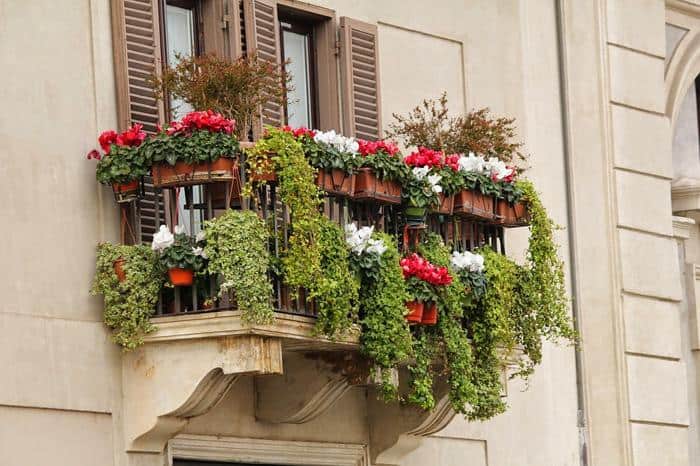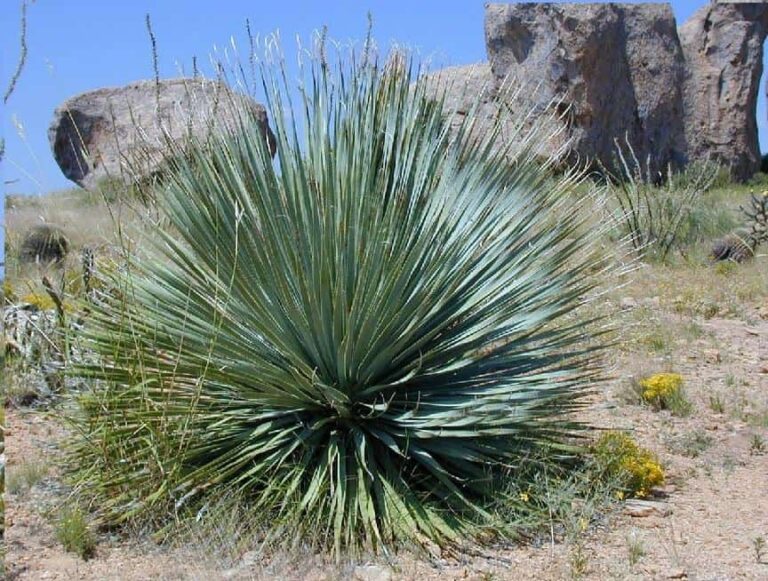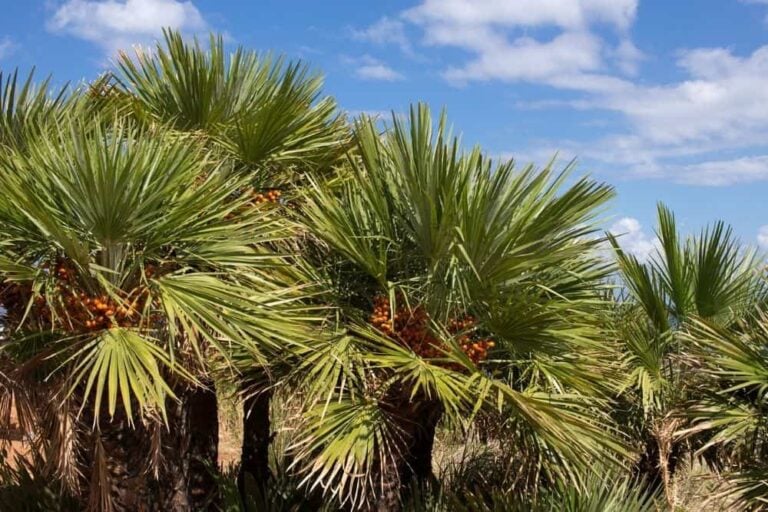Make Your Space Sing with the Best Plants for Apartments
Our recommendations for the best plants for apartments are Hirt’s Victorian Parlor Palm and Laurentii Snake Plant. We let our top criteria guide our choices. We love the look of the classic palm. In our minds, it is the quintessential indoor houseplant. For hardiness, we picked a favorite known for its tolerance. To learn more, here’s a quick list of our favorites.
Our Top Picks for the Best Plants for Apartments
[wptb id="8084" not found ]Growing Plants Indoors
Your best success for growing plants indoors begins with an assessment of the conditions. You’ll need to consider things such as sunlight, temperature, and relative humidity. All of these things can affect whether your plants will survive and thrive, preferably both. We’ll begin with some basic information about growing plants in containers.
The principal advantage of growing plants indoors is being able to have some greenery in your home. Just because your apartment is far removed from the outdoors doesn’t mean you can’t grow plants inside. Fortunately, many plants handle the stresses of indoor living quite well, they are good indoor dwellers. As long as you see to their needs, your plants will reward you with the life they bring to a room.
Light
Light presents what will probably be one of your greatest challenges. With a limited number of windows, you may need to opt for artificial light to compensate for lack of sunlight. Without a window facing south or west that might be your only option. If you go this route, you’ll have the added investment of the light and perhaps a timer to ensure the proper amount of exposure.
Also, consider how the light may change throughout the year or indirect sunlight. A room that enjoys plentiful sunlight in the warmer months may miss out during the winter months. If your plant needs full sun, you’ll have to resort to an artificial light at least part time.
Your alternative is to consider low light plants. These plants will tolerate a lack of direct sunlight and can even thrive in indirect light. Unless you live in a basement apartment, there will always be some ambient light that may prove sufficient. However, a regular incandescent bulb isn’t going to replace sunlight. The types of light differ as well as how the plant uses it.
Temperature
The temperature won’t like pose much of an issue for your indoor plants. The typical indoor temperature is well within the optimal range of a variety of tropical plants. If you’re in an interior apartment, drafts present less of a problem too. You’ll just need to make sure and keep any indoor plants away from direct heat or air conditioning.
Humidity and Moisture
These factors often present a challenge with indoor plants. And in an apartment, you may have less control over humidity. You can compensate for a lack of moisture by grouping plants together for a designated green space in your apartment. The joint action of plant respiration can help make up for low humidity in the surrounding living space.
Moisture or watering is less of a worry. You can control how much you water your plants. Some like the peace lily provide visual cues like drooping leaves when they’re in need of moisture. Checking the soil on a regular basis will also ensure you’re meeting their needs. Some plants will prefer moist soil all the time. For others, drying out a bit between waterings is optimal.
What You Need to Know about Plants for Apartments
The outstanding advantage that an apartment has is that it is stable. Renters conditions don’t fluctuate as much as in a standalone house. That could certainly be a plus for plants that are fussy about changes in their environment. There is a downside to it too. While it’s good for the things your plants will like, it can be a major disadvantage with the stresses in their environment.
For example, if your apartment is consistently dry, that could present an issue for plants that prefer a more humid environment. It also means more work on your part to ensure your plant’s needs are met. Of course, that becomes more tedious if the stable conditions include something you have to monitor continually.
This video from the University of Wyoming Extension explains the proper way to repot plants so that you can complement the decor of your apartment with attractive containers.
Fitting In
You can think of plants in your apartment as accessories to your decor. They can act as living centerpieces on your table or windowsill. You can use them to create a mood or complement a theme. Consider where you’re going to place them. A plant with dark green foliage will stand out against a light-colored wall. Conversely, a variegated plant will get lost against a busy wallpaper.
Also, give some thought to size. While easy to grow, a rubber plant can soon outgrow its pot if given the right conditions. Think about using your plants as arrangements. A small group of palms growing together can create a dramatic display. Likewise, flowering plants can add a welcome bit of color or even act as a focal point with the right placement.
And if you have pets or small children, be sure and steer away from plants that are toxic such as begonias. It’s wiser to narrow your choices from the start rather than trying to deter your cat from munching on plants that could hurt her.
Care and Maintenance
Fertilizing and the occasional trimming of damaged bits are the primary tasks of routine maintenance. While soil mixes contain some nutrients, your plants will likely deplete them in short order. To avoid injury from too much fertilizer, use slow-release forms rather than liquid preparations. With fertilizers, the possibility exists of too much of a good thing.
You’ll find a variety of products available along with specialty formulas for certain types of plants. Generally, your foliage plants will prefer fertilizers higher in nitrogen, whereas your flowering plants will fare better with formulations with more phosphorus and less nitrogen.
Our Recommendations: Hirt’s Victorian Parlor Palm and Laurentii Snake Plant
The Hirt’s Victorian Parlor Palm is a classic in our minds. Nothing says a lazy summer afternoon than a palm bathed in sunlight. The fact that it is tolerant of a wide range of conditions stood out as another point in its favor. If you have the space, it makes an excellent choice for a no-fuss plant for improving indoor aesthetics.
The Laurentii Snake Plant also known as mother-in-law’s tongue is an air purification plant. Now, all plants have their breaking point. We prefer not to find out where that lies even with a plant that is billed as “impossible to kill.” Still, we like a purifying plant that is well known as a hardy variety and able to tolerate the occasional neglect.
Choosing a plant for your apartment is an important decision. After all, plants and pictures make a place a home. With challenges of growing indoor plants in mind, we opted for plants that add class and style to a room. We also wanted hardy plants. With our choices, you have both. However, other options would be succulents, herbs, cacti, and bamboo. Whether you have a small nook to fill or a large open space, a plant will give it new life.



